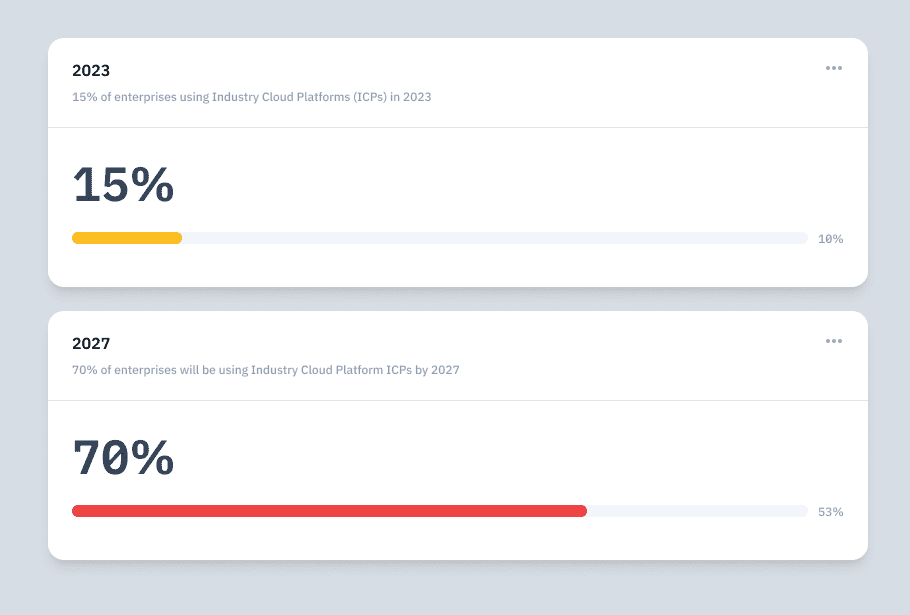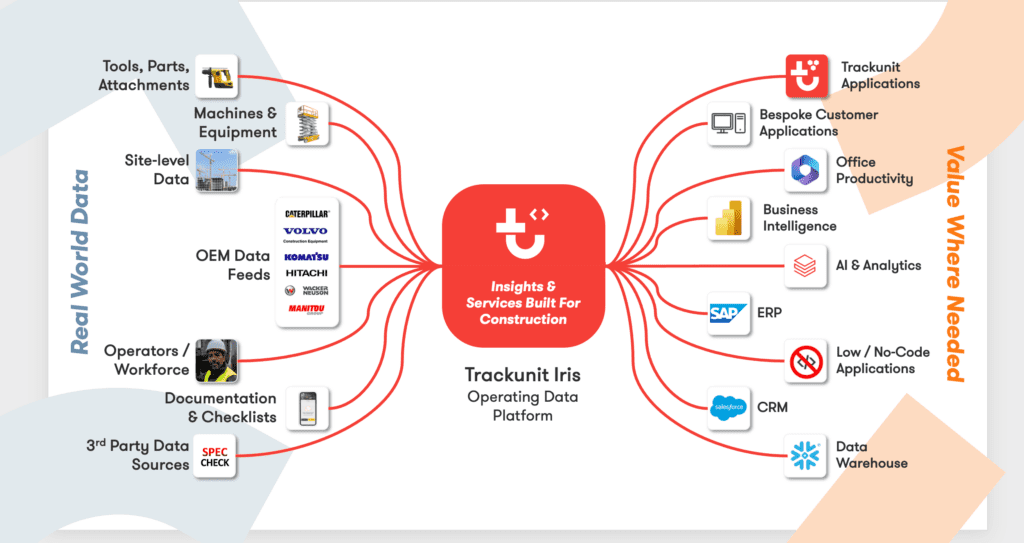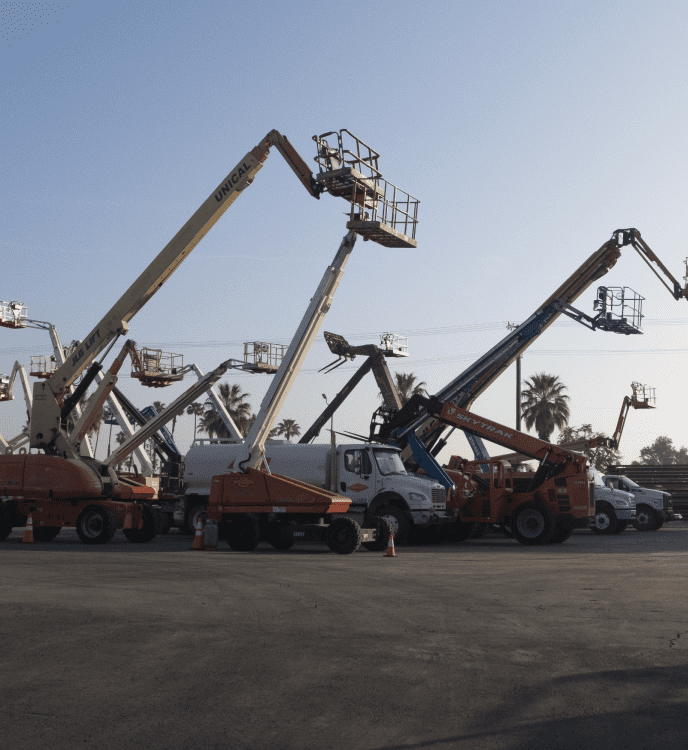

Paradigm shifts are a funny thing. Living in Scandinavia, we’re used to September 1 marking the end of Summer with the abrupt finality of the theater curtain descending at a Broadway show. But that’s not how paradigms work.
As long ago as April 11, 2018, I messaged a colleague to say that we were in the grips of a paradigm shift and said that “it will feel incredibly slow, there’ll be no clear proof points and it will feel like nothing is happening. But this is the game we are in and it will be the people who collect the most data in the most structured manner who will emerge as the winners. We need to help our customers cross into the new reality.”
In the past couple of years this shift has not gone unnoticed by the largest players across the Contractor, Rentals and OEM space and they have been increasing their digital investment significantly. After being stuck with aging software solutions for a decade or longer, there has been a collective realization it’s time to change.
Indeed, the need to update aging systems combined with the desire to become data led and tap into analytics and AI have become the driving forces with the result that the construction industry is finally making a concerted shift to move to public cloud infrastructure.
But there is a risk that you could try to implement a high-cost, high-risk solution based on the current status quo that might never come to fruition or could be out of date by the time it does. That’s because the effort required to build and maintain a software solution built directly on the fabric public Cloud platform is too much for most companies.
“There is a risk that you could try to implement a high-cost, high-risk solution based on the current status quo that might never come to fruition or could be out of date by the time it does.”
And nearly six years after I sent that message, the paradigm shift I noted then is crystallizing to an extent that we can now confidently predict what lies ahead. Indeed technology market researcher Gartner nailed it in a report in November 2023, entitled ‘What are Industry Cloud Platforms?’.
Gartner‘s first big statement that global end-user spending on public cloud services will rise to $679 billion by 2027, while interesting in itself, is underpinned by a much more significant revelation. Gartner says, as part of that spend, more than 70% of enterprises will be using ICPs by 2027, up from less than 15% in 2023.
That’s not an evolution. That’s a revolution.

It doesn’t spell the end of the Cloud as we know it. But it will put us in an era where a generic Cloud platform will sit alongside multiple industry-specific platforms built on top of Cloud services that will serve business in a much more tailored way. ICPs are already delivering the first wave of industry-specific code (something it would take hundreds of workers to replicate over many years) and insights that everyone needs and they will continue to evolve and mature, allowing industry players to stay ahead and focus on their unique differentiation.
“A generic Cloud platform will sit alongside multiple industry-specific Cloud platforms that will serve business in a much more tailored way.”
Put simply, a one-size, fits-all Cloud won’t work in the next paradigm shift.
Now, I didn’t reference my message of April 2018 to garner some praise after or, indeed in this case, before the event, but to make another critical point. The genesis of the ICPs has been long in the making and the work has been painstaking, hard and involved massive intellectual as well as financial capital.
Operating data platforms like Trackunit’s Iris is just one example. What we’ve put in place is a platform that manages all the complexity when combining data from the physical world with a new digital reality and makes insights for the construction industry.

Iris is in effect one of many new types of Cloud platform that have evolved to effectively tailor given industries and provide a model more adapted to the individual needs of any company working in that particular sector.
What does it mean for your off-highway business? Firstly, any company that‘s moving towards new cloud native digital systems is on the right path and there is lots of new value and potential in making this shift now. Where the pain may come is leaving behind old insecure systems and make the leap necessary to take advantage of ICPs, but it is a leap they should take as the opportunity to create new value is real.
New opportunities include the following: using AI capabilities to optimize your data; software features for internal and customer usage that reduce complexity and cost; software capabilities that ease interaction with the unique knowledge in your organization and; showcasing unique high-level features that mark you as business to work with.

What it will increasingly also need is a gradual deprioritization of the following: being part of a closed ecosystem; owning a private data format for your customers that only you support; a platform where only your equipment exists; and presenting machine hours, location, access and history logs.
ICPs in effect will become your vehicle for this new paradigm without having to put in huge financial resource and intellectual capital. And any ICP worthy of its name will allow your company to integrate its IT infrastructure into the operating data platform so that you get the full benefit of the ecosystem. That’s what Iris is already doing for off-highway businesses by using standard APIs and tools for building and maintaining secure, high-performing interfaces.
But if you choose to go it alone and allocate the necessary resource, you will need to ask yourself some key questions. Building, maintaining and constantly updating your solution in a race against the dedicated ICPs will be enormously time- and money-consuming. For a solution that might ultimately mean you are constantly chasing the ICP’s trajectory at ever further cost, is it justified? And if you’ve already written your own EPR and CRM systems, you might ask yourself how successful that’s been? Development on an ICP scale would dwarf that in complexity.
ICPs really are a different kind of beast. We used to say software would eat the world. ICPs with built-in support for AI and ‘no-code’ development will consume traditional software solutions. With constant updating and improvement built in, it will ensure that for those who hitch a ride, they’ll likely avoid being on another dead high-tech stack five years down the line.
There is always a fear factor involved when an industry is faced with a limited choice. And to be fair, we have seen how modern business has allowed huge companies like Apple, Amazon and Microsoft to become incredibly powerful.
But that won’t happen here. We will have niche-driven platforms that can provide incredible insight from massive data lakes that immediately impact on your business to positive effect. And if someone subsequently does it better or forces the incumbents to improve simply by offering an alternative, that will be even better. It’s what competition does.
If you do your due diligence and apply the following checklist, you’ll be off to a good start. It includes: 1) ensuring your chosen ICP‘s size and market position warrants your trust; 2) ensuring your data ownership remains with you and; 3) your chosen ICP is saving you time and money relative to building and maintaining your own solution.
If you tick off those boxes, don’t fear the revolution. Embrace it. It will in the specific case of the off-highway sector, be enormously beneficial at the micro level while enabling us to up the ante in our industry-wide battle to eliminate downtime at the macro level.
Read what our CEO Søren Brogaard had to say on ‘the pace of learning’ in the first of our series on the role of ICPs in the new business transformation.
Never miss an insight. We’ll email you when new articles are published on this topic.
